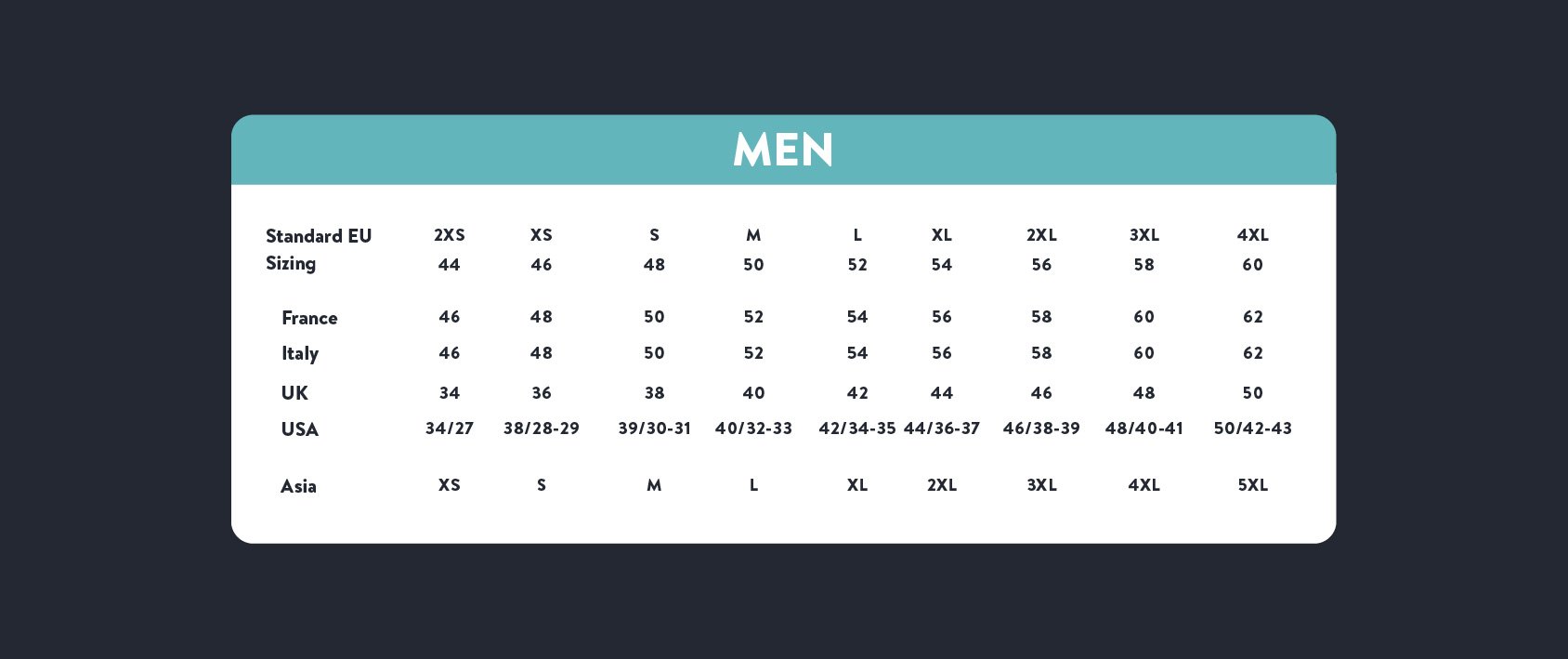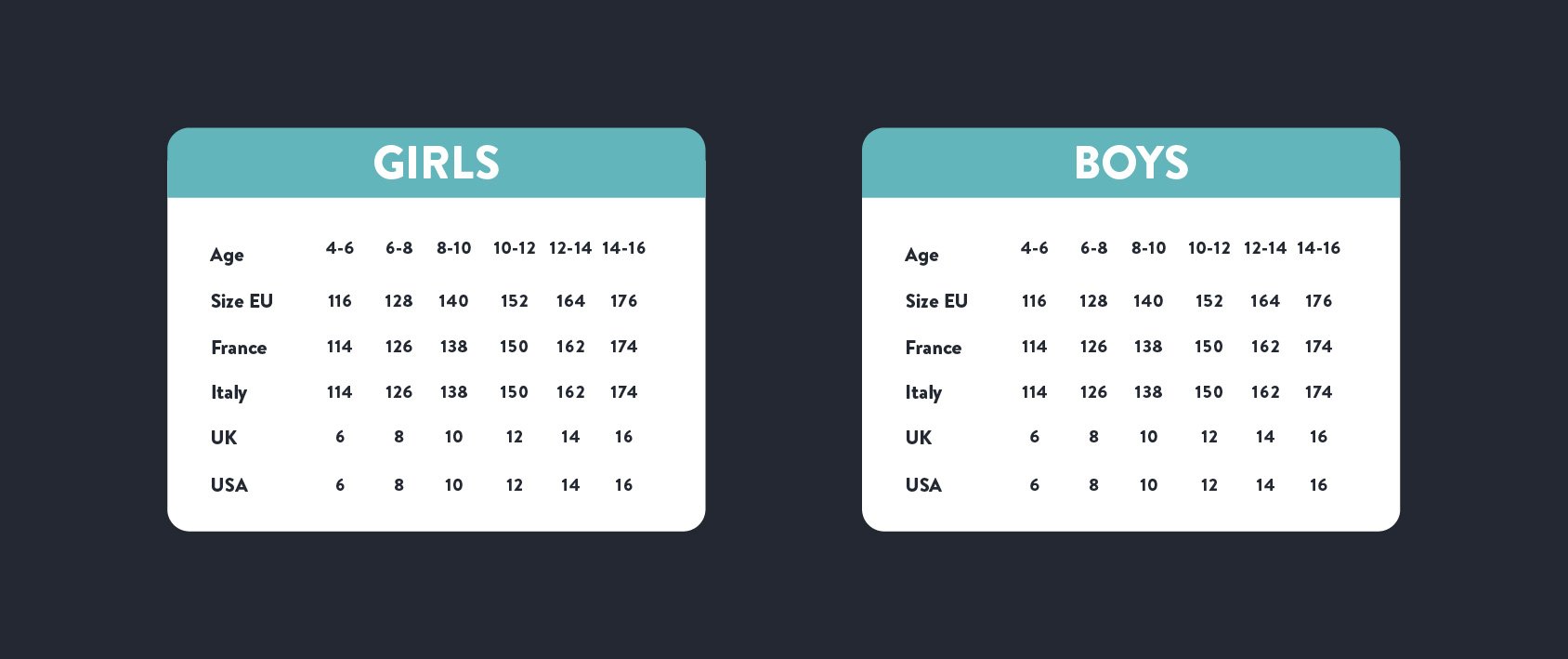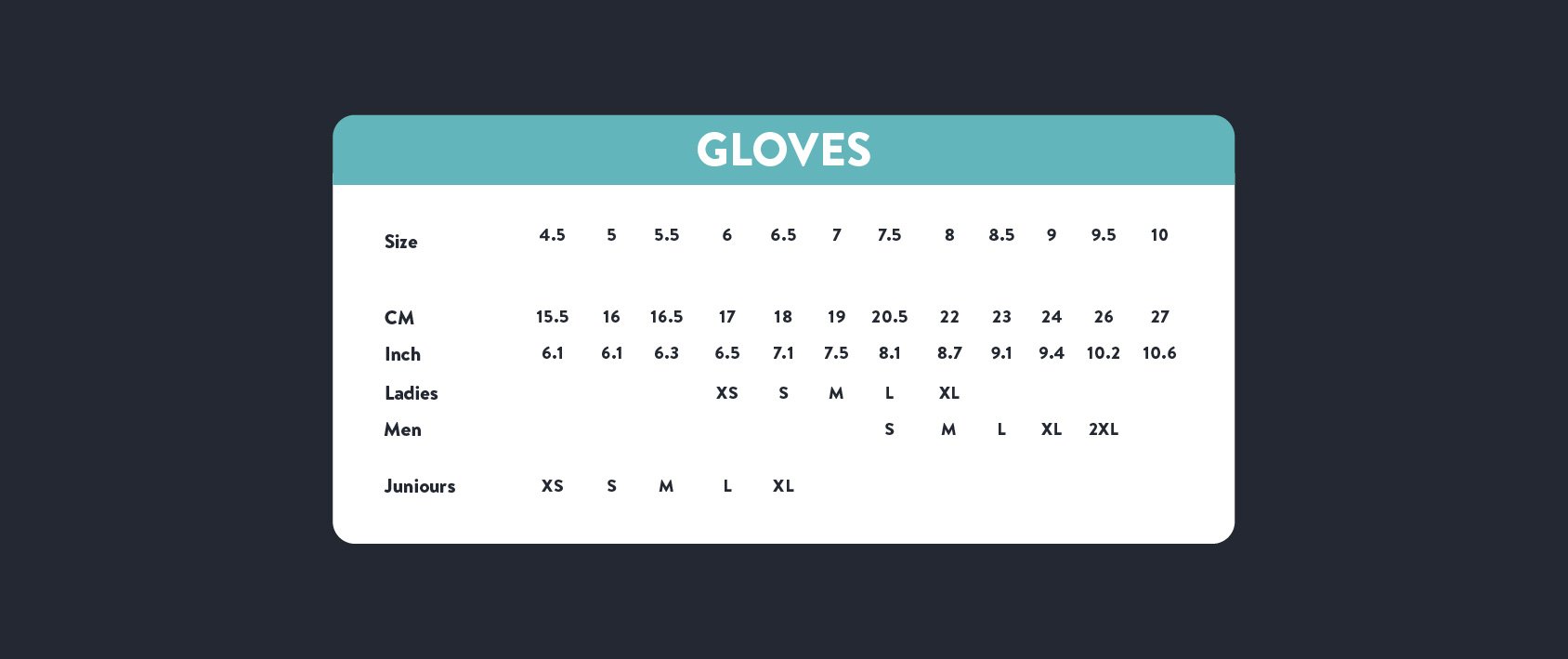
How to Convert Asian Size to US Size for Ecommerce Businesses
Running a successful ecommerce business is more than just stocking your inventory with the latest trends and this holds true especially if you are selling clothes online. The smaller nuances like understanding and stocking different styles and sizes – especially sizes – can impact your business in a huge way. It’s important that your customers also understand the sizes of different products and styles, that’s why it’s important to convert Asian size to US size so your customers can get the correct size for whatever item they’re purchasing.
Think about it, understanding sizes is not just about customer satisfaction but also about the fact that when a customer places an order through your online store, and receives a product in the wrong size, you are most likely going to have to deal with returns, refunds and a barrage of complaints, simply because one party did not understand the sizing. Not only does this make you liable financially for the return/refund process, but it also uses up valuable resources such as your time and energy for something that could have easily been avoided.
Issues with sizes are more likely to occur when ecommerce merchants source clothes from a certain region of the world and sell the clothes to a different region. The problem with this is that there isn’t one universal sizing system, therefore, when online store merchants source from a region, typically Asia, and then sell in another region, such as in the United States, both regions are unfamiliar with each other’s sizing system and therefore, the clothing sizes often don’t match up.
As an ecommerce merchant who is either starting up their own clothing store or is already running one, it is extremely important to understand how to convert Asian size to US size. While doing so may seem like a complicated process, once you acquire the basic knowledge of how to do so, it becomes much easier.
This guide will help you understand the international size conversion process, why and how Asian size to US size differs, how to convert Asian size to US size yourself, and how to implement sizing charts into your ecommerce store.
Video Overview of Asian Size to US Size
Table of Contents
About Asian Size to US Size Conversion
As mentioned before, unfortunately there isn’t a universal sizing system or guidelines. Suppliers and manufacturers create clothes that are based on area specific sizing. Asian clothing is usually a smaller fit than the clothes you would typically find in the west. This is an important thing to keep in mind if you are planning to source your products from Asia but your target audience is from the US or Europe. In that case, you need to know the differences in the sizing of the two different regions then convert the Asian size to US size, or to the European size, and then provide the converted sizes and measurements to your customers. Many online sellers provide a sizing chart with the measurement of the different sizes, which makes it easier for the consumers to understand.
Why Do I Need Asian Size to US Size Conversion for My Store?
Customer satisfaction stems from the fact that not only are you providing consumers with top-notch quality products in a timely fashion, but also that the experience itself on your store is a seamless and pleasant one. When the sizes of your products don’t match the ones that you have listed on your store’s website, the customer may feel like you haven’t lived up to their expectations.
In cases where a customer in the US orders an item of clothing on a website labeled as being size large and they receive an Asian size large, there is a likely chance that the product will not fit them right, which may lead them to feel confused and perhaps even disgruntled. This is how customers are usually deterred from shopping on your store again, which is obviously bad for any business.
So if you are planning on sourcing your products from Asia, you can avoid any confusion just by converting the Asian size to US size for your store. This keeps your customers happy, helps spread good word-of-mouth and most importantly, keeps your business running smoothly.
How to Convert Asian Size to US Size
If you’re an ecommerce business merchant who has a manufacturer or supplier based in an Asian country but whose target customers are based in the west, specifically America, then learning how to convert the Asian size to US size is definitely an important trait to possess. Asian sizes typically run smaller than their American counterparts, so the sizing difference between the two can be quite drastic.
To avoid all the confusion and customer complaints, you could simply implement a few things so that there is an understanding with your supplier and within your store, too.
Converting Asian Size to US Size with Your Suppliers
The first thing to do in order to make sure that you’re implementing the right sizes in your store is to make sure that your supplier understands these differences in sizes as well. Therefore, you will likely have to get in touch with your supplier when you are converting the product sizes from Asian size to US size. Most suppliers already have a chart indicating the sizings and measurements and will be able to provide you with the sizing charts. If you are able to get sizing charts from your supplier, then the entire process becomes much simpler and efficient for you as you and your supplier will be on the same page and stocking your inventory becomes a hassle-free process.
Several dropshipping platforms such as AliExpress and Shopify are great for this reason. Most suppliers on these platforms are able to provide the buyers, aka you, with the sizing charts to make things easier. The sizing guides are specific to the supplier’s products only, so as a rule of thumb, do not consider the chart from one supplier to be generic and use it for another.
In the case of not being able to find the sizing charts for a product that you would like to stock, you might find yourself in a bit of bind. To overcome this issue, you could simply look for the same or similar product on another ecommerce website. Chances are that they will probably have a sizing chart listed on their websites, which may make it easier for you to deal with such a scenario.
Once you have the right sizing charts and related information that will help you understand and decode the Asian size to US size conversion task, you should tabulate, chart or tidy up the information and present in a way that your customers can easily access and understand.
Converting Asian Size to US Size within Your Store
As mentioned above, just obtaining the measurements from a supplier or elsewhere is only half the battle. If you are to list a product on your store, you need to make sure that you are clearly listing the sizes both Asian and US (and any other country, if you would like) as a table or chart. It’s your responsibility to ensure that potential, or even returning, customers are getting the correct information so that you can maintain your conversion rates and your customers are purchasing and receiving the correctly sized products.
Ensure that you are providing your customers with the correct information on your product pages and in your sizing charts, such as:
- Whether it’s a men’s or women’s product
- If it’s a product for boys or girls
- Any measurements that are corresponding to different body measurements, for example: Height, arm length, bust size, waist, etc.
Once you provide customers with all this information they are better equipped at making a judgement call to buy the size closest to how they want the garment to fit.
In the event of not being able to find the measurements or sizing charts anywhere at all, you’ll just have to convert the Asian size to US size by yourself, manually.
To manually convert the sizes of certain pieces of clothing such as for a pair of jeans or of a dress, there is a certain process you can follow. The following information from this Leaf article will explain how:

Asian Sizes of Dresses to American Sizes
“There’s no international standard for clothing sizes. The system of dress sizing used in the United States of even numbers or of XS-XL is completely different from the Asian systems of sizing. If you go shopping in Tokyo or buy clothing online from an Asian source, this can lead to a huge headache or leave you stuck with a dress far too big or small. It’s important to know the size conversions so you find a perfect fit.
Japan Asian Size to US Size Conversion
In Japan, watch out for lettered sizes (XS-XL), as these tend to run small. If a dress made in Japan is labeled as a medium, for example, it’s probably a small in the United States. Japanese manufacturers also use two separate numbered systems. The first is an arbitrary number system like our 2-4-6-8 system in the United States, and the second relies on the actual measurements of those sizes. 5-7-9-11-13-15 correspond to an American XXS-XS-S-M-L-XL, respectively. 36-38-40-42 correspond to an American XS-S-M-L, respectively.
Korea Asian Size to US Size Conversion
In Korea, you’ll find a simple numbered system. 44-55-66-77-88 correspond to an American XS-S-M-L-XL, respectively.
China Asian Size to US Size Conversion
In China, watch out for two separate and more tricky systems. These two systems differ because they rely on the measurements of different parts of the clothing. An American small is 160-165 or 84-86. A medium is 165-170 or 88-90. A large is 167-172 or 92-96. Extra large is uncommon and therefore lacking in real standard measurements, but is generally 168-173 or 98-102, depending on the manufacturer.”
Asian Sizes of Jeans to American Sizes
“Clothing sizes differ from store to store, but an even greater divide is how other countries determine clothing sizes. Jeans in particular can be measured in inches, centimetres, or using the American size chart. Converting between the sizes can be done by either directly measuring the waist or using an equation to change between already established sizes.
Find the size of the jean. If you’re converting from American jeans, the size will be an arbitrary number ranging from 00 to 16 with some variations for larger figured women. If you’re starting with jeans from another country the size might be in inches or centimetres. Write the number down.
- Convert centimetres into inches by dividing the number in centimetres by 2.54. For example, jeans that are listed as 74 centimetres would be converted to 29.1 inches. As a rule of thumb, if the size listed is over 60 the units are in centimetres. Less than 60 are generally inches.
- Convert the inches to American sizes by subtracting 21 from the size in inches. Jeans that are listed as a size 30 would be converted to a size 9.
- Reverse the conversion by adding 21 to a standard women’s size. Having an American size of 4 would be converted to a size 25 if inches are the unit of measurement.
- Determine the size in centimetres (if needed) by multiplying the size in inches by 2.54. A size of 25 inches would be 63.5 centimetres after conversion.”
Asian Size to US Size Sizing Charts
The clarity of your sizing charts are really important for providing your customers with all the information they need to make a well-informed purchase. It’s up to you to provide sizing charts that have all the information that they would need to select the appropriate sizes for their purchase. If your charts aren’t updated to the current sizing systems, they are as good as useless for both you and your customers.
Oberlo has created some great examples of sizing charts to make it easier for you to implement in your own store:




When your customers have easy access to such sizing charts, it reduces the scope for any confusion. These small nuances are what help your store actually grow into a successful ecommerce business.
Oberlo has created a great video to help you get your Asian size to US size conversions right.
Conclusion
A major chunk of the audience that does not shop online, doesn’t do so because they feel that they might get the wrong size and they don’t want to go through the hassle of returning the product, or else end up paying for and being stuck with a product they can’t even utilize. Being able to instil that confidence in potential and existing customers alike is a great asset for ecommerce merchants to possess.



